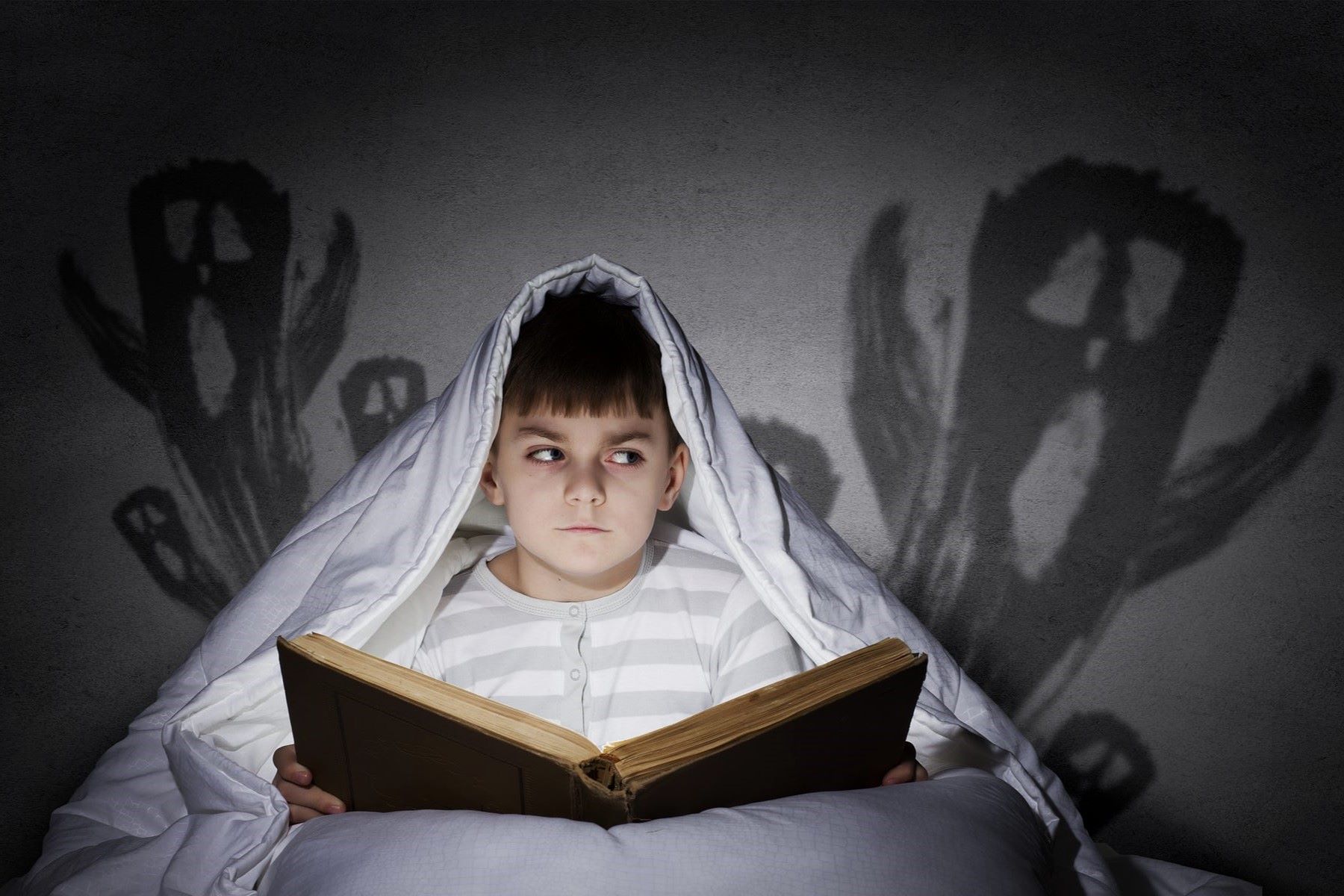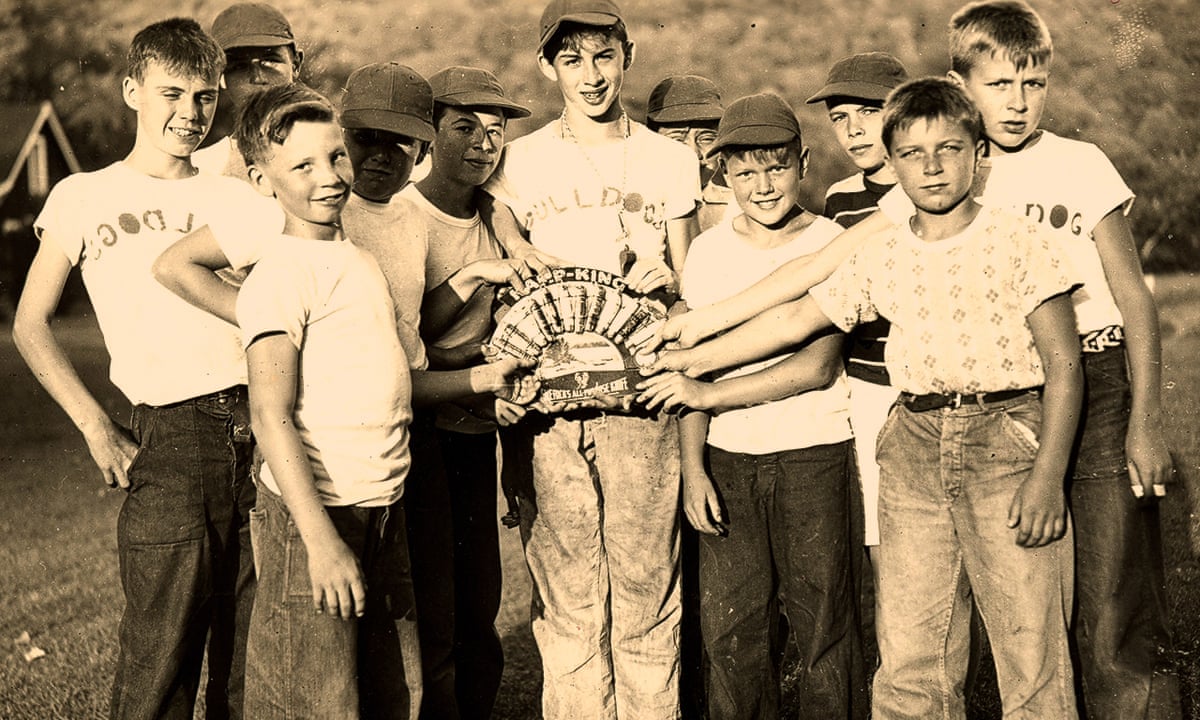
Why do creepy stories captivate us? The thrill of the unknown, the chill down your spine, and the adrenaline rush all play a part. Humans have always been drawn to the mysterious and the macabre. From ancient folklore to modern urban legends, these tales tap into our deepest fears and curiosities. Creepy stories often reflect societal anxieties, personal insecurities, or just the sheer thrill of being scared. Whether it's ghost stories around a campfire or binge-watching horror movies, there's something undeniably magnetic about them. Ready to dive into the eerie world of creepy stories? Let's explore 37 spine-tingling facts that will keep you on the edge of your seat!
Key Takeaways:
- Creepy stories have a long history, from ancient folklore to modern urban legends, and they tap into our primal fears, triggering both terror and fascination.
- Creepy stories not only entertain but also serve as a way for people to confront their fears, challenge societal norms, and foster a sense of community.
The Origins of Creepy Stories
Creepy stories have been around for centuries, captivating audiences with their eerie tales and spine-chilling narratives. Let's dive into some fascinating facts about these unsettling stories.
-
The term "creepy" originated in the 19th century, derived from the word "creep," which means to move slowly and quietly, often in a way that causes fear.
-
One of the earliest known creepy stories is "The Epic of Gilgamesh," dating back to ancient Mesopotamia. It includes encounters with spirits and the supernatural.
-
Gothic literature, which emerged in the 18th century, played a significant role in popularizing creepy stories. Authors like Mary Shelley and Edgar Allan Poe are iconic figures in this genre.
-
The Brothers Grimm collected and published many creepy fairy tales in the early 19th century. Stories like "Hansel and Gretel" and "Snow White" have dark, eerie undertones.
Famous Creepy Stories and Their Impact
Some creepy stories have left a lasting impact on literature and popular culture. Here are a few notable examples.
-
"Frankenstein" by Mary Shelley, published in 1818, is considered one of the first science fiction novels. It explores themes of creation, monstrosity, and the consequences of playing God.
-
Edgar Allan Poe's "The Tell-Tale Heart" is a classic short story that delves into the mind of a murderer, showcasing Poe's mastery of psychological horror.
-
"Dracula" by Bram Stoker, published in 1897, introduced the world to the iconic vampire Count Dracula. This novel has inspired countless adaptations in film, television, and literature.
-
H.P. Lovecraft's works, such as "The Call of Cthulhu," have had a profound influence on the horror genre. Lovecraft's unique blend of cosmic horror and existential dread continues to inspire writers today.
Creepy Stories in Folklore and Mythology
Folklore and mythology from around the world are rich with creepy stories that have been passed down through generations.
-
The Japanese tale of "Kuchisake-onna," or the Slit-Mouthed Woman, tells of a vengeful spirit who asks her victims if they think she is beautiful before revealing her gruesome face.
-
In Scandinavian folklore, the "Draugr" is a malevolent undead creature that guards treasure and haunts the living.
-
The "Banshee" from Irish mythology is a female spirit whose wailing foretells the death of a family member.
-
The "Wendigo" is a creature from Algonquian folklore, often depicted as a cannibalistic monster that embodies insatiable greed and hunger.
Modern Creepy Stories and Urban Legends
Urban legends and modern creepy stories continue to captivate and terrify audiences today.
-
The "Slender Man" is a fictional character that originated as an internet meme in 2009. Despite being a modern creation, it has become a popular figure in horror fiction.
-
"The Hookman" is an urban legend about a killer with a hook for a hand who preys on young couples parked in secluded areas.
-
The "Black-Eyed Children" are mysterious beings with completely black eyes who appear at people's doorsteps, asking to be let inside.
-
"The Russian Sleep Experiment" is a creepypasta story about a Soviet-era experiment that goes horribly wrong, resulting in terrifying consequences for the subjects.
The Science Behind Fear and Creepy Stories
Understanding why creepy stories affect us can be as fascinating as the stories themselves.
-
Fear is a primal emotion that has evolved to protect us from danger. Creepy stories tap into this emotion, triggering our fight-or-flight response.
-
The "uncanny valley" is a concept in robotics and animation where humanoid figures that are almost, but not quite, human cause feelings of unease. This concept is often used in creepy stories to create unsettling characters.
-
Psychological horror plays on our deepest fears and anxieties, making it a powerful tool in creepy storytelling.
-
The suspense and anticipation in creepy stories activate the brain's reward system, releasing dopamine and creating a sense of pleasure mixed with fear.
Creepy Stories in Film and Television
Film and television have brought many creepy stories to life, leaving a lasting impact on audiences.
-
Alfred Hitchcock's "Psycho," released in 1960, is a landmark in horror cinema, known for its shocking plot twists and eerie atmosphere.
-
"The Exorcist," based on William Peter Blatty's novel, is considered one of the scariest films of all time. Its depiction of demonic possession has terrified audiences since its release in 1973.
-
"The Twilight Zone," a television series created by Rod Serling, featured many creepy and thought-provoking stories that continue to influence the genre.
-
"The Blair Witch Project," released in 1999, popularized the found footage style of horror filmmaking, creating a sense of realism that heightened the fear factor.
The Role of Creepy Stories in Culture
Creepy stories serve various purposes in culture, from entertainment to moral lessons.
-
Many creepy stories contain moral lessons, warning against behaviors like greed, arrogance, and curiosity.
-
Creepy stories can serve as a form of catharsis, allowing people to confront and process their fears in a safe environment.
-
Festivals like Halloween and Día de los Muertos celebrate creepy stories and the supernatural, reflecting cultural attitudes towards death and the afterlife.
-
Creepy stories often explore taboo subjects, challenging societal norms and sparking important conversations.
The Future of Creepy Stories
As technology and society evolve, so do the ways we tell and experience creepy stories.
-
Virtual reality (VR) is being used to create immersive horror experiences, allowing users to step inside creepy stories like never before.
-
Augmented reality (AR) apps bring creepy stories to life in the real world, blending fiction with reality.
-
Podcasts and audio dramas have become popular mediums for creepy stories, offering a new way to experience fear through sound.
-
Social media platforms like Twitter and Reddit have given rise to new forms of creepy storytelling, such as "Twitter horror" and "NoSleep" threads.
Creepy Stories and Their Psychological Effects
The psychological effects of creepy stories can be profound and varied.
-
Exposure to creepy stories can desensitize individuals to fear, making them less likely to be frightened by real-life threats.
-
Some people experience "nightmare disorder," where frequent exposure to creepy stories leads to recurring nightmares and sleep disturbances.
-
Creepy stories can trigger the release of adrenaline, leading to physical symptoms like increased heart rate and sweating.
-
For some, creepy stories provide a sense of thrill and excitement, similar to the rush experienced during extreme sports.
-
Despite their frightening nature, creepy stories can foster a sense of community, as people come together to share and discuss their favorite tales.
Final Thoughts on Creepy Stories
Creepy stories have always fascinated people. They tap into our deepest fears and curiosities. Whether it's a ghost tale, an urban legend, or a mysterious disappearance, these stories keep us on the edge of our seats. They remind us of the unknown lurking in the shadows. From ancient folklore to modern horror films, the allure of the eerie remains strong. These tales often serve as cautionary lessons or simply as thrilling entertainment. So next time you hear a spine-chilling story, remember it's part of a long tradition of storytelling meant to captivate and terrify. Whether you believe in the supernatural or not, there's no denying the power of a good creepy story. Stay curious, stay brave, and maybe keep a nightlight on.
Frequently Asked Questions
Was this page helpful?
Our commitment to delivering trustworthy and engaging content is at the heart of what we do. Each fact on our site is contributed by real users like you, bringing a wealth of diverse insights and information. To ensure the highest standards of accuracy and reliability, our dedicated editors meticulously review each submission. This process guarantees that the facts we share are not only fascinating but also credible. Trust in our commitment to quality and authenticity as you explore and learn with us.


